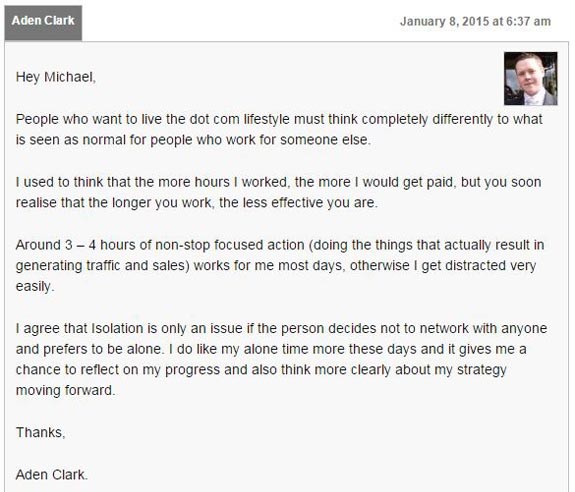Coke vs. Pepsi. Toyota vs. Ford. Microsoft vs. Apple. It’s easy to look to many industries where the companies are in direct competition with one another. And when you see blogs that are discussing the same niche, it’s easy to jump to the conclusion that these sites are also directly competing against one another.
While there may be a grain of truth to that, the fact of the matter is that these blogs have a lot more to gain by cooperating with one another. That’s why you have events like Affiliate Summit West for people in the Internet marketing business. That’s why someone like John Chow happens to be great friends with guys like Shoemoney and Missy Ward.
And this is why, as a blogger, it pays for you to network with other bloggers in your niche. If someone is already reading about affiliate marketing on one blog, there’s a good chance that they’d also be interested in the posts that you have about affiliate marketing too. And one way to get the attention of those readers and bloggers is by commenting. You just have to make sure you do it right.
You’re Doing It Wrong
In most cases, the backlinks on blog comments are “nofollow,” so you won’t extract much in terms of SEO benefit. And while posting many comments on many blogs isn’t such a bad idea, you don’t want to go through them in a rapid fire fashion.
Allow me to illustrate with a couple of examples from my post here on how blogging has changed since I got started in 2006.

Can you see what Manish is doing wrong? First, he didn’t check to see who wrote the actual blog post. He addresses John Chow rather than me. Second, it’s obvious enough that he didn’t read the post at all, simply re-framing the little snippet of information (2006) from the title. Third, his comment doesn’t add anything of value to the conversation.

Arguably even worse than Manish’s comment is this one from Gustavo. John Chow dot Com is exclusively in English, so why on Earth would you post a comment in any language other than English? Yeah, that’s not going to work.
Blog Comment Best Practices
Of course, I know that not all readers of this blog are nearly as bad as Gustavo and Manish. I know that at least some of you actually read the posts before posting a comment. Take this example from my post on common sense lessons you need to forget.

Aden took the time to read the post, relate it back to his own experience, and move the conversation forward by providing something of value for other readers. He talks about how he gets the most out of working 3-4 hours non-stop, for instance, in order to be more effective. His comment has substance.

You can see how Rory offers a similar approach in his comment on saving for retirement. In that post, I discuss how saving as a web-based entrepreneur is different from saving as a conventional employee. Rory expands on this by talking about how retirement savings have changed from the generation of baby boomers who had “reliable” jobs.
Both of these comments are fairly sizable, but it’s not so much about the raw length as much as it has to do with adding to the conversation. People reading these comments get the impression that Aden and Rory can offer useful insight and, as such, may be more inclined to see what they have on their respective sites too.
Continuing the Conversation
A big part of blogging has to do with building community and forging relationships. As some of you may recall, I used to comment a lot on John Chow dot Com. This, along with attending Dot Com Pho and chatting with mutual friends, got John’s attention and that’s how I came to start writing here and for John’s (now mostly defunct) tech site. I engaged in the conversation and provided value.
Now, it’ll be fun to see how many “great post John!” comments this post gets. 😉
